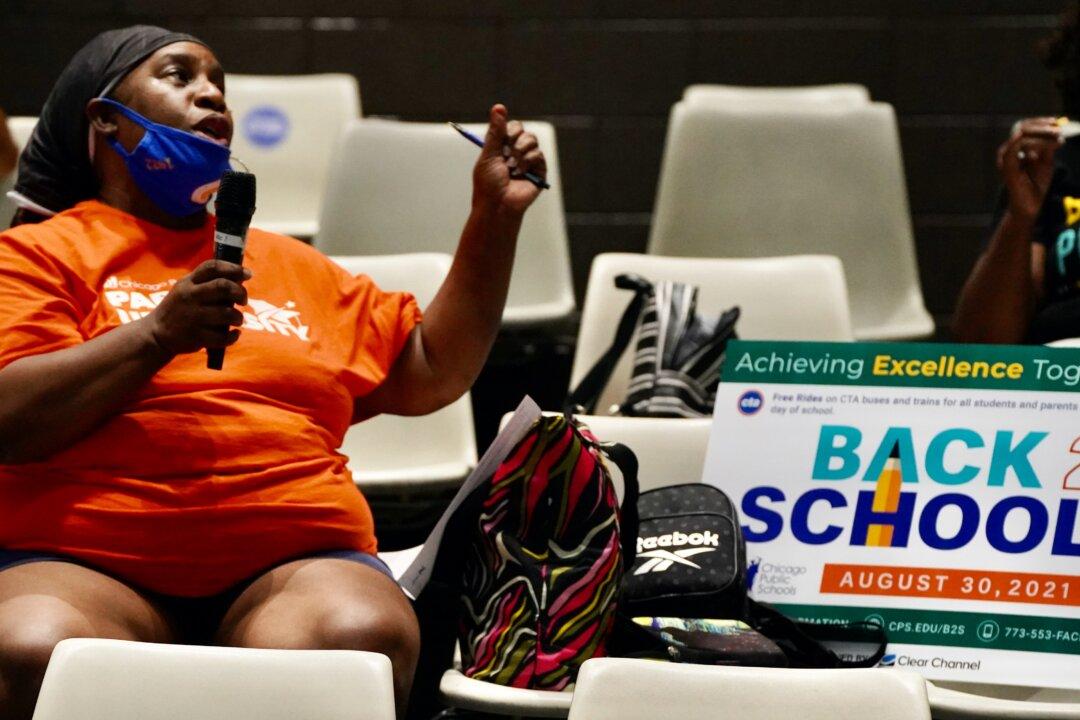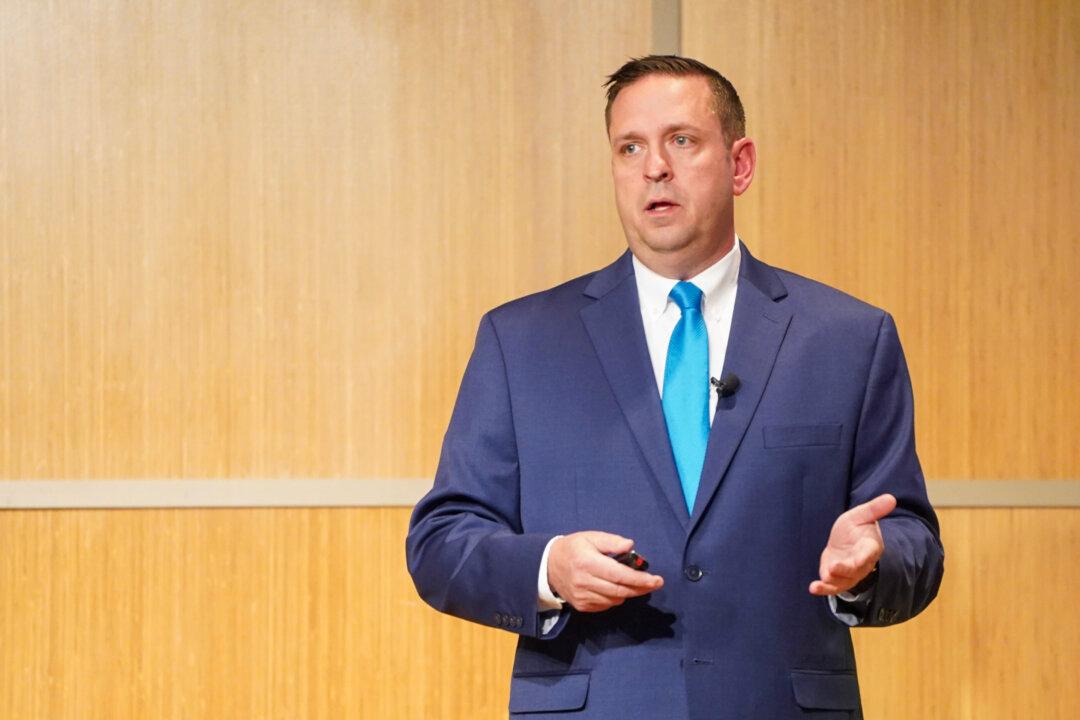CHICAGO—As Chicago Public Schools (CPS) plan to reopen all 638 schools for in-person classes in the fall, 80,620 students are deemed to have medium risks of not coming back, according to CPS’s analysis of attendance rates.
These students were chronically absent during the last school year, when CPS pushed for citywide online learning amid the pandemic. Another 17,661 students who attended few or no classes are deemed at high risk, according to CPS director of family and community engagement Kareem Pender at a community engagement forum on Aug. 10.





